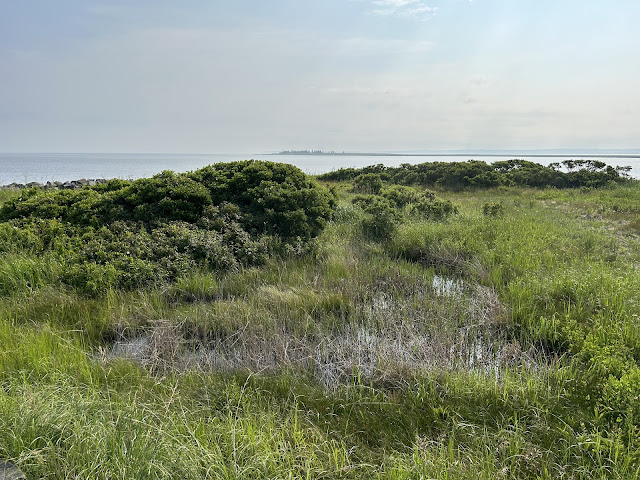(Delayed posting. Visited during summer 2024)
On my way from Grand-Pre to Halifax, I first stopped off at smaller historical sites around Grand-Pre. First it was Horton Town, settled in 1760 by New Englanders. The colonists changed the plans and exchanged land to make larger plots for farming. The Landscape of Grand-Pre website has details on what can be seen in the area.
There was also a school in Horton Town for sons of wealthy and influential families in the Maritimes from 1852-1920, at the Acacia Villa school. Girls were also taught here from 1905. The school graduates students whom many would be important public leaders and professionals. In 1959 it blew down from a hurricane. Sir Frederic Borden and Sir Robert Borden learned here.
The Deportation Cross, a National historic site, marks the site where local Acadians were forced onto ships to be sent to other places. The cross was built and placed over a hundred years ago when local Acadians were rejuvenating their culture.
After the diaspora of Acadians, many settlers of the British empire were brought in to solidify their hold on the lands taken from the French and Acadian peoples. As of 1767 the map below shows the locations of the main efforts for settlement by the British.
At one time there would have been dykes to turn the land out to the island into farmland. Lack of maintenance by the now expelled Acadians meant the sea reclaimed it.
















No comments:
Post a Comment